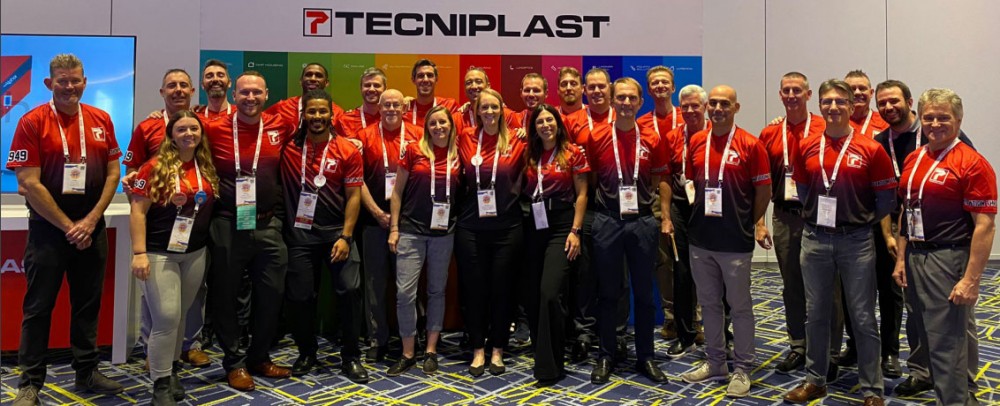
The current version of the Tecniplast website doesn't match your region. Please visit your local website to find information and offerings specific to your country.

The current version of the Tecniplast website doesn't match your region. Please visit your local website to find information and offerings specific to your country.

John Hasenau presented two interesting and well participated seminars at the recent Aalas in Louisville.

SEMINAR 1: The first one was on Automated RAutomated Rodent Housing Systemsodent Housing Systems and how it could Improve rodent oncology studies.
The seminar described the concept of transitional digital biomarkers and their use in automated home housing systems.
It showed how these concepts can improve the animal welfare component as well as the study outcomes, both on efficacy and safety aspects.
John, can you comment on the overall objective of the seminar and the results of it?
This Seminar was an introduction of what digital and translational digital biomarkers are and how they are used to achieve non-invasive data collection as well as digital welfare of the animals. I introduced the NA3RCs as a pivotal point for the research in developing agreed on shared terminology and shared technology platforms to allow this community to readily advance. Digital biomarker use with bio-exclusion studies as well as biocontainment housing was discussed as a best case opportunity to allow housing interventions only when essential, and to improve the efficiencies of the research and care staff. Translational digital biomarkers have a much better model preservation (bio-exclusion) as well as model safety enhancements (biocontainment).
This seminar also showed appropriate housing to maintain the animals’ status, as required through interesting examples, using automated home housing systems to monitor animal activity (a group of transitional digital biomarkers), allowing continuous, longitudinal, and non-invasive monitoring in the environment.
A melonoma researcher (Dr. Vyara Matson) who studies the gut microbiome on the efficacy of immunotherapy in melanoma, discussed having consistent data and longitudinal monitoring of the animals and the benefits that could be seen with digital monitoring use. In addition, we heard from the head of an In-Vivo research center in Europe (Dr. Pierre Lainee) who has extensively worked with the DVC® system. His experiences with Oncology studies and the ability for early indications and interventions to improve animal welfare and the models was presented.
What comments and questions were there from the audience?
The audience realized that due to the nocturnal nature of the animals’ optimal data collection and any eventual interventions are best carried out during the nighttime (high) activity period.
There was also realization that housing change outs have impacts on normal resting activities and these should be best correlated with study activity when possible. Another take-home point was the use of additional (add on) technologies, such as video that was presented, have better study outcomes and screening opportunities for the research components of the system.
SEMINAR 2: The participation in the other seminar about thermoregulation andabout thermoregulation and how it can affect energy ehow it can affect energy expenditure for rodents,xpenditure for rodents, was very successfully too.
The discussion was about Thermoregulation and its energy expenditures for rodents, and the effects of these energy expenditures on study outcomes.
John, can you tell our readers about it and about the discussion of Thermoregulation?
This Seminar was dedicated to Dr Chris Gordon who was a pioneer and leader in this field. The seminar highlighted what is currently in the Guide for the Care and Use of Laboratory Animals for room holding temperatures and the relationship to the animals Thermoneutral Zone. There was an emphasis on behavioral thermoregulation and allowing the animals choice in this regard giving them appropriate housing and environmental items for this. A concern around airflows at the animal level and the evaporative cooling effects from this with potential Guide updates was discussed.
The seminar explored effects on study outcomes, specifically in the areas of immunology and oncology, including why this issue is critical to the translation of preclinical findings to the clinic. Presenters discussed the monitoring of the microenvironment to ensure the housing design specifications were met.
In your opinion, is it still appropriate in relationship to the operating environment?
In the areas of immunology and oncology outcomes the extrinsic temperature effects can be very impactful and there is increased awareness of this from the research community and a higher request from the community for more operating environments to have higher temperatures to more closely reach the Thermoneutral zone. The Seminar discussed newer designs which allow zones of thermal gradients in housing units, their acceptance and use by the animals and their potential for more accurate study outcomes.
How can they improve experimental outcomes and how should future guidelines take them into consideration?
Housing units that have these zones of choice incorporated in the units allow the mice to choose more readily their TNZ. Studies have also shown that when too much heat is given this is not behaviorally desirable for the mice. Studies that allow animals to achieve their TNZs more readily have shown that there are higher amounts of translation as regards the immunological and oncology areas. Research in this area may be focused more on this in the future.

AALAS 2022: THANK YOU!
Thanks to everyone who joined us in Louisville and a truthful standing ovation to all those who worked so hard to make this possible! You made AALAS 2022 memorable!
See you next year in Salt Lake City!